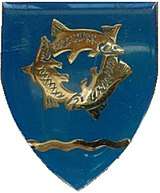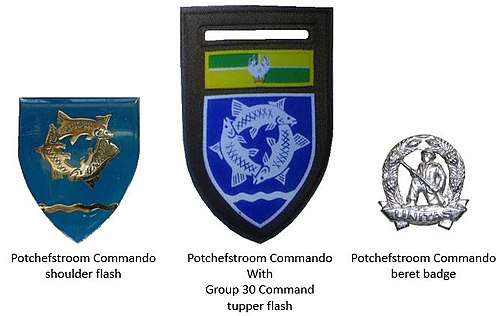| SADF Commands | |
|---|
| SADF Corps | |
|---|
| SADF Divisions | |
|---|
| SADF Brigades | |
|---|
| SADF Battlegroups | |
|---|
UDF and SADF
Regiments and Battalions | |
|---|
| SADF Homeland Battalions | |
|---|
| SADF Military Areas | |
|---|
| UDF and SADF Commando System | |
|---|
| SADF State Presidents Guard | |
|---|
| SADF Mobilisation Units | |
|---|
Bophuthatswana Defence Force
1977–1994 |
- 1 BDF Infantry Battalion
- 2 BDF Infantry Battalion
- BDF Parachute Battalion
- BDF Military School
- BDF Special Forces
- 1 BDF Military Area
- 2 BDF Military Area
- 3 BDF Military Area
- BDF Signals Unit
- BDF Bafokeng base
- BDF Mankwe base
- BDF Odi base
- BDF Thaba'Nchu base
- BDF Taung base
- BDF Air Wing
|
|---|
Venda Defence Force
1979–1994 |
- VDF Headquarters Sibasa
- 1 VDF Battalion Manenu
- 2 VDF Battalion Maunavhathu
- VDF Vuwani Military Base
- VDF Signals Unit
- VDF Air Wing
|
|---|
| Ciskei Defence Force 1981–1994 |
- 1 CDF Battalion
- CDF Special Forces
|
|---|
Transkei Defence Force
1981–1994 |
- 1 TDF Battalion
- TDF Special Forces
- TDF Mounted Battalion
|
|---|
SWATF
1977–1989 | |
|---|
Union Defence Force
1912–1957 | |
|---|
Volunteers of Union of
South Africa World War 1
Europe Campaign 1914–1918 | |
|---|
Volunteers of Union of
South Africa World War 1
East Africa Campaign 1914–1915 |
- 1st Infantry ACF
- 2nd Infantry ACF
- 5th Infantry ACF
- 9th Infantry ACF
|
|---|
Volunteers of Union of
South Africa World War 1
German South West Africa Campaign 1915 | |
|---|
| Volunteer Militias 1903-1909 | |
|---|
| Non-Statutory Forces 1961-1994 | |
|---|
| Colonial Armies 1885–1902 | |
|---|

